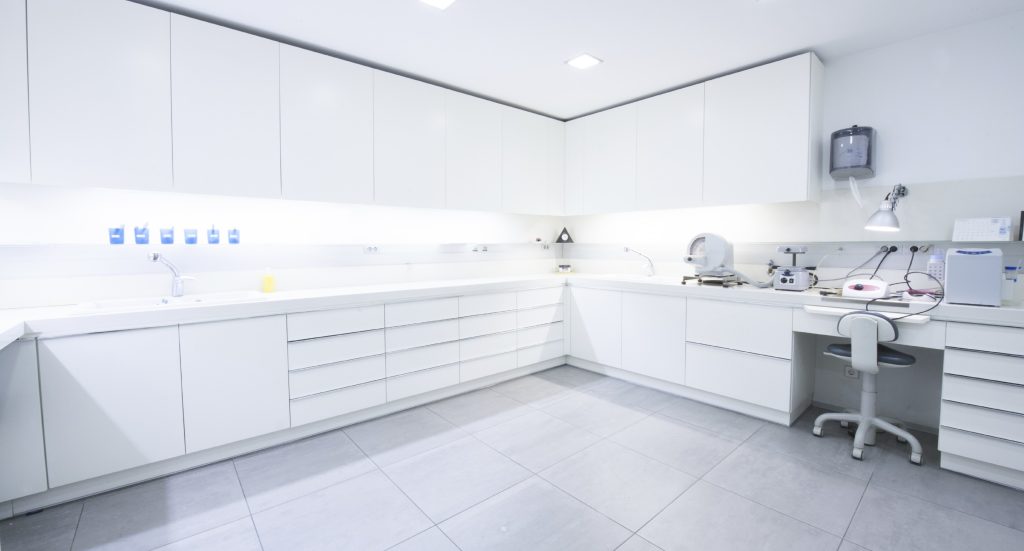In a medical office no matter how busy your day is, keeping the environment clean is essential for both patient and staff safety. Exam rooms especially must shine. Patients waiting alone for the doctor have little to do but look around, so you want to make sure they are pleased – not taken back – with what they see. In other words, dust bunnies are not allowed! Not to mention that a clean office is essential when it comes to preventing the spread of infectious diseases.
Bacteria, viruses and fungi travel from one patient or staff member to another when proper procedures are not followed. Germs and diseases can be spread by ill patients coughing and sneezing and through blood, open sores and other bodily fluids. Barring an unusual visit, exam rooms generally only need to be wiped down with sanitizer and tidied up between uses, but it’s surprising how many practices don’t even do that much. In addition to changing table paper, placing used linens in the hamper or trash, putting away instruments, and tidying the room, take a few extra seconds to wipe down the exam table and other surfaces that may have become contaminated before allowing the next patient into the room. Remember, even patients who don’t necessarily look sick can spread germs and virus particles onto everything they touch.
If a patient has a highly infectious condition, the room where they were treated should not be used again until it is thoroughly cleaned and disinfected. For both patient and personal safety, all staff members and doctors should follow a strict hand-washing protocol to prevent the spread of germs. And, of course, universal precautions must be followed (wearing nitrile coated gloves, masks and other personal protective equipment) whenever blood is being drawn.
Create a checklist for everything that needs to be cleaned by staff (in addition to what your janitorial service does) on a daily basis. Because each office is different, engage both staff and doctors to determine what should be on your exam room checklist and get buy-in for who is responsible for ensuring that the list is followed. Your daily exam room checklist might include things like restocking supplies, refilling soap and hand sanitizer dispensers, doing a thorough disinfectant wipe down of all surfaces, mopping or vacuuming the floor, and emptying sharps containers if needed. And don’t forget the waiting room. A daily disinfectant wipe of surfaces in that area can help prevent the spread of disease.
Bathrooms should be cleaned at least once a day, and more often if you have a lot of traffic. Hang two small signs in bathrooms that read, “Please help prevent the spread of infection by washing your hands thoroughly before exiting the bathroom,” and “If this area needs attention, please notify the receptionist or medical assistant.”
Going the extra mile to make sure that your practice is clean and hygienic is good for patient and staff safety alike. At every turn, your goal should be to inspire confidence by demonstrating that you take preventing the spread of infectious diseases seriously. Cleaning isn’t glamorous, but it is important.



